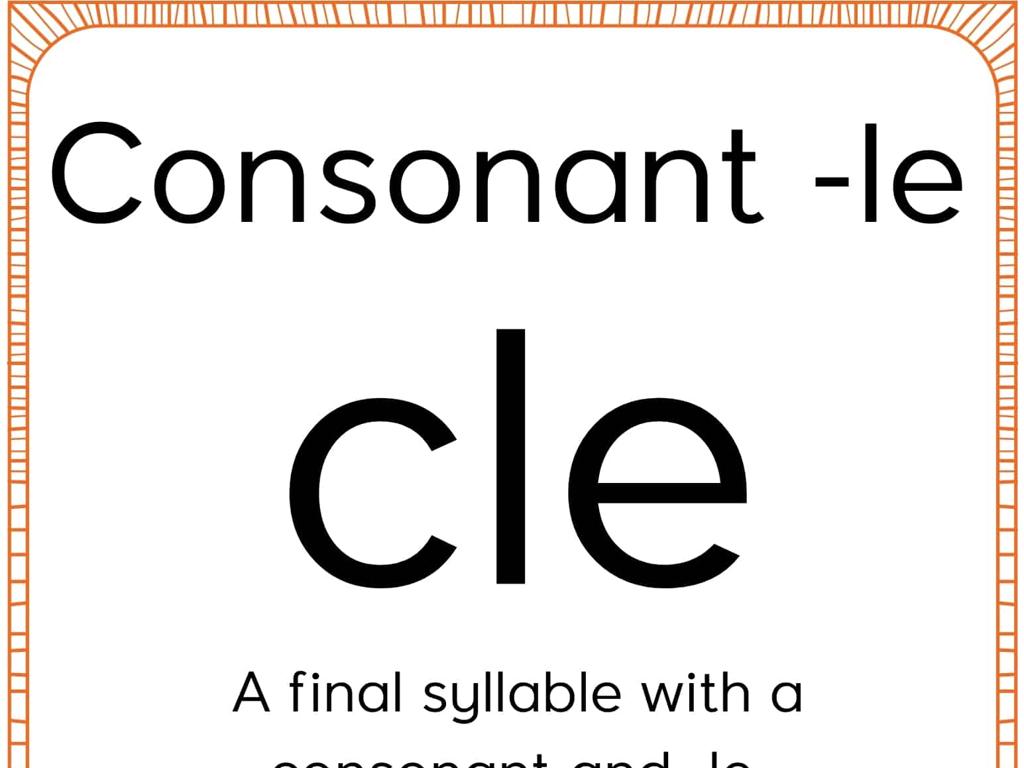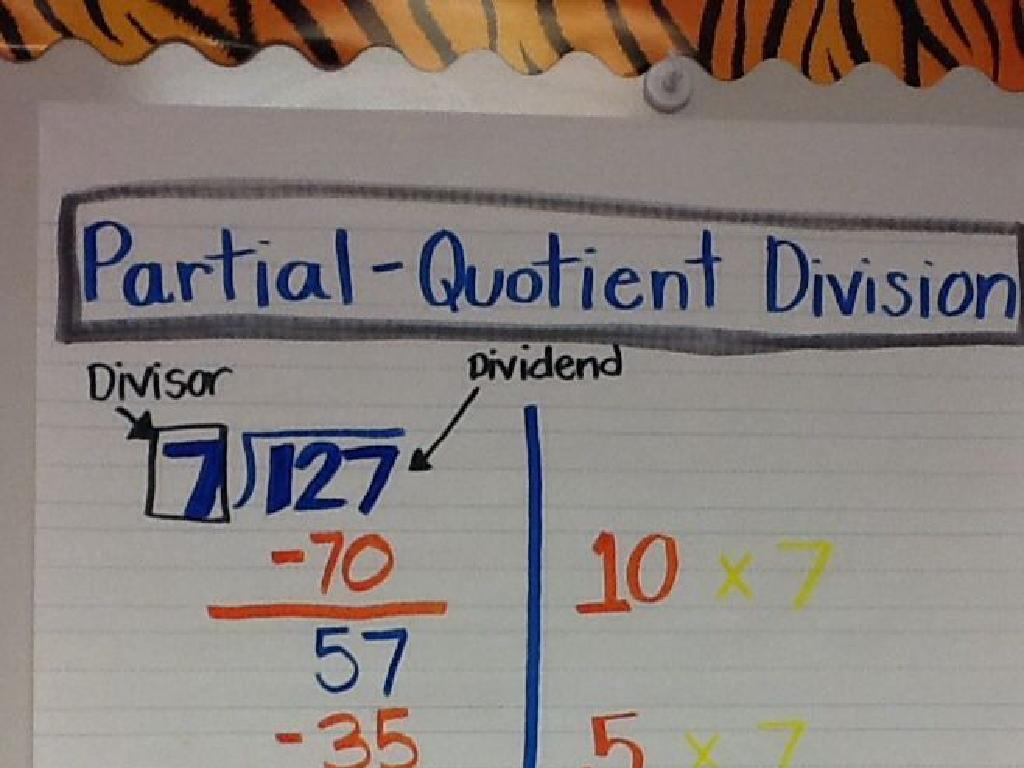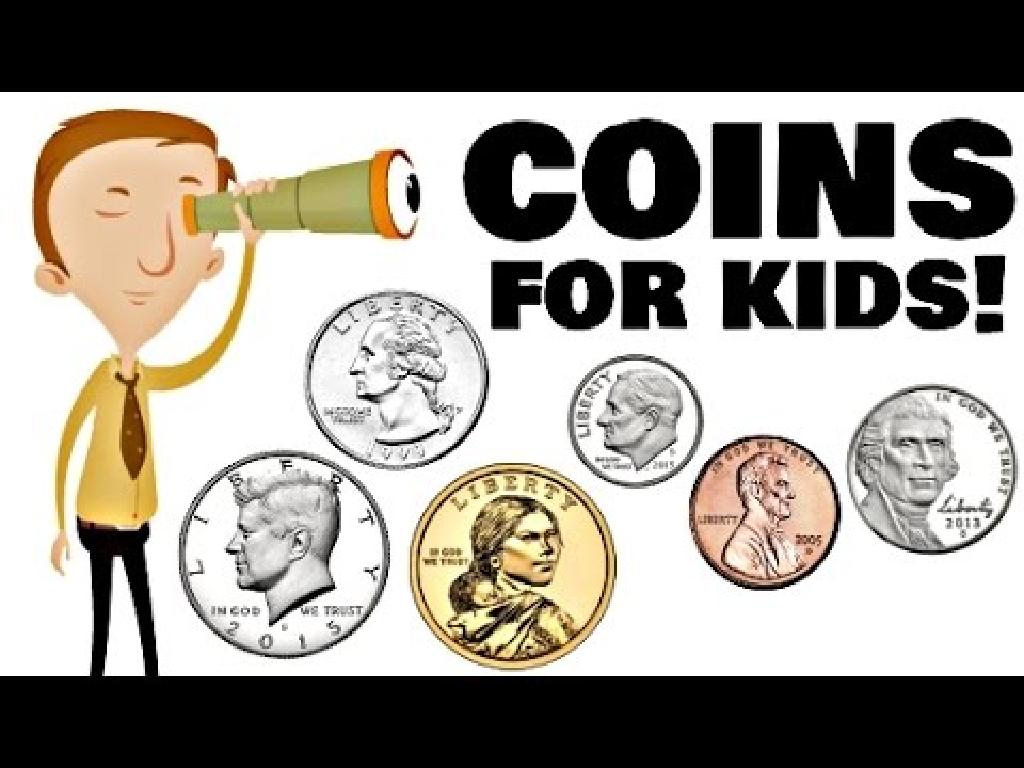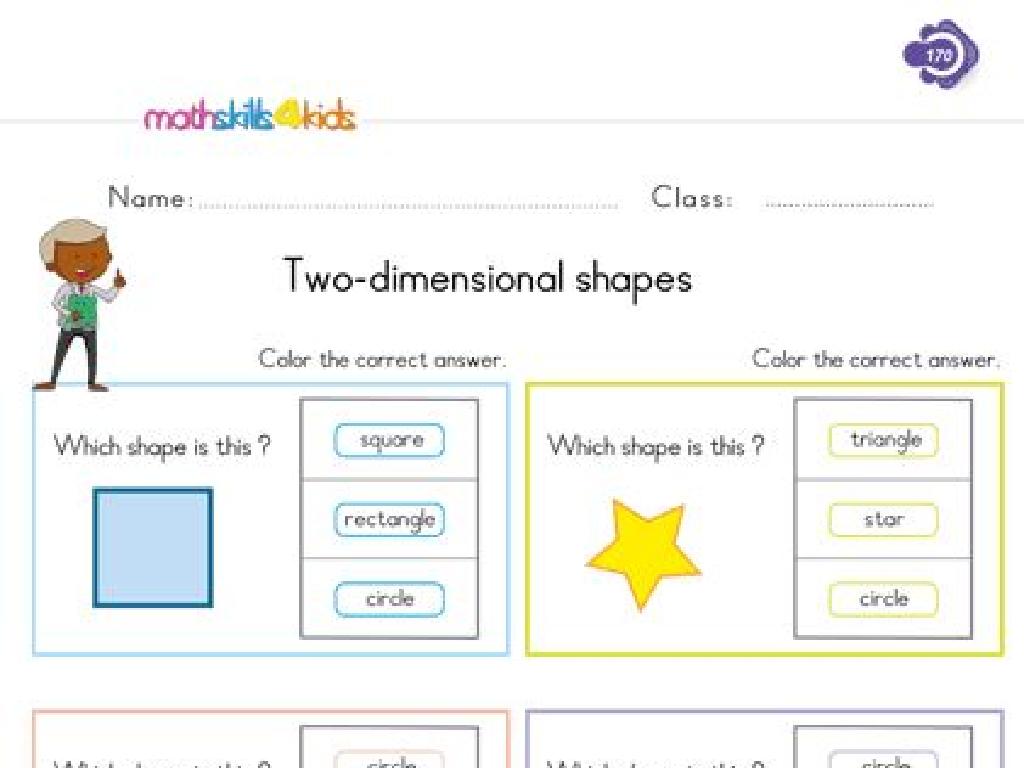Classify Elementary Substances And Compounds Using Models
Subject: Science
Grade: Fifth grade
Topic: Atoms And Molecules
Please LOG IN to download the presentation. Access is available to registered users only.
View More Content
Welcome to Atoms and Molecules!
– Atoms: Universe’s building blocks
– Atoms are tiny particles that make up everything.
– Molecules: Atoms join hands
– When atoms link together, they form molecules.
– Elements: Pure atomic substances
– Elements consist of only one type of atom, like oxygen.
– Compounds: Two or more atoms combine
– Compounds are made from different atoms, like water (H2O).
|
This slide introduces the fundamental concepts of atoms and molecules to fifth-grade students. Atoms are the smallest units of matter, and when they bond together, they form molecules. Elements are substances made of only one kind of atom, while compounds consist of two or more different atoms bonded together. Use models to show how different atoms combine to form molecules of elements and compounds. Encourage students to think of substances around them and classify them as elements or compounds. This will set the foundation for understanding the diversity of materials in the world.
Understanding Elements
– Elements: simplest substances
– Cannot be broken down into simpler substances
– One kind of atom per element
– Oxygen atoms make up the element Oxygen
– Examples: O, H, C
– Oxygen (O), Hydrogen (H), Carbon (C) are building blocks of matter
|
This slide introduces the concept of elements to the students. Elements are fundamental substances that cannot be broken down into simpler substances through chemical means. Each element is composed of only one kind of atom. For example, every atom in a piece of pure oxygen is an oxygen atom. Use common elements like Oxygen (O), Hydrogen (H), and Carbon (C) as examples to illustrate the concept. Explain that these are like the building blocks of all matter, and they combine in different ways to form everything in the physical world. Encourage students to think of elements as individual Lego blocks that can be put together to build various structures, which in science, are molecules and compounds.
Let’s Meet Some Elements!
– Elements have unique traits
– Like humans, each element has its own personality, e.g., Oxygen is a gas we breathe.
– Elements in everyday life
– Elements are all around us, like Hydrogen and Oxygen in water.
– Activity: Match element to use
– Find which element is used in balloons, water, or pencils.
|
This slide introduces students to the concept of elements as the building blocks of matter, each with unique characteristics. Start by explaining that elements are substances that cannot be broken down into simpler substances. Give examples of elements and their unique properties, such as oxygen being essential for breathing. Discuss the role of elements in daily life, such as carbon in pencils, helium in balloons, and hydrogen and oxygen in water. The activity involves students matching elements to their uses, reinforcing their understanding of the practical application of elements. For the activity, provide a worksheet with a list of elements on one side and their uses on the other, asking students to draw lines connecting them. This interactive approach will help solidify their understanding of elements in a fun and engaging way.
Understanding Compounds
– Definition of a compound
– A substance formed by combining two or more elements
– Compounds vs. Elements
– Compounds have unique properties, unlike the elements they come from
– Properties of compounds
– They behave differently than the individual elements they consist of
– Example: Water (H2O)
– Made of Hydrogen and Oxygen, water has its own characteristics
|
This slide introduces the concept of compounds to students. A compound is a substance that is made up of two or more different types of atoms bonded together. It’s important to highlight that even though compounds are made from elements, their properties are distinct and not just a mix of the properties of the elements they contain. For example, water is a common compound that is essential for life, and it’s made of hydrogen and oxygen. However, water’s properties are very different from either hydrogen or oxygen alone. Encourage students to think of other examples of compounds and how they differ from their constituent elements.
Exploring Compounds
– Formation of compounds
– Compounds are formed when two or more elements chemically combine.
– Naming compounds
– Compounds have unique names based on the elements they contain.
– Compound creation activity
– Use element cards to build a compound model.
|
This slide introduces the concept of compounds in chemistry. Begin by explaining that compounds are substances formed when two or more elements are chemically joined together. Emphasize that the properties of a compound are different from the properties of the elements it contains. Move on to discuss how compounds are named, which is usually based on the elements within them and the number of atoms of each element. For the activity, provide students with cards representing different elements and instruct them to combine these to create a model of a compound. This hands-on activity will help solidify their understanding of how compounds are formed and the significance of chemical bonding. Possible activities could include creating water (H2O) by combining two hydrogen cards with one oxygen card, or forming salt (NaCl) with one sodium card and one chlorine card.
Atoms & Molecules: Building the World
– Atoms: Universe’s Building Blocks
– Atoms are tiny particles that make up everything.
– Molecules: Atoms Team Up
– When atoms join, they form molecules, like H2O for water.
– Models Reveal Invisible Structures
– Models help us visualize how atoms and molecules fit together.
– Exploring Substances & Compounds
|
This slide introduces the fundamental concepts of atoms and molecules to fifth-grade students. Atoms are presented as the basic units of matter, the building blocks of everything in the universe. Molecules are described as groups of atoms that have bonded together, with common examples like water (H2O) provided to illustrate the concept. The use of models is emphasized as a crucial tool for understanding the complex structures of atoms and molecules, which are too small to be seen with the naked eye. The slide also sets the stage for discussing how different substances and compounds are made up of these atoms and molecules in various combinations. Encourage students to think of building blocks or LEGO as a metaphor for how atoms come together to form different structures.
Classifying Substances: Elements vs. Compounds
– Elements: Pure substances
– Cannot be broken down into simpler substances
– Compounds: Two or more elements
– Chemically combined elements, e.g., water (H2O)
– Classification examples
– Oxygen (O2) is an element, carbon dioxide (CO2) is a compound
– Mystery box activity
|
This slide introduces the concept of classifying substances into elements and compounds. Elements are pure substances that cannot be broken down into simpler substances by chemical means. Compounds are made up of two or more elements that are chemically combined in fixed ratios. Provide clear examples to illustrate the difference, such as oxygen (O2) for elements and water (H2O) for compounds. The mystery box activity will engage students in hands-on learning by having them classify various substances. Prepare a box with labeled samples (e.g., iron filings, salt, sugar, water) and guide the students to determine if they are elements or compounds based on their properties and information learned.
Hands-On Activity: Building Molecule Models
– Build molecule models with materials
– Use colored balls for atoms
– Each color represents a different type of atom
– Use sticks to represent bonds
– Sticks show how atoms are connected
– Create water, CO2, and salt models
– H2O, CO2, and NaCl: arrange balls and sticks to form these molecules
|
This hands-on activity is designed to help students visualize and understand the structure of molecules. By using colored balls to represent different atoms and sticks for the bonds between them, students will construct models of common molecules such as water (H2O), carbon dioxide (CO2), and salt (NaCl). Teachers should ensure that students understand the significance of colors and how to connect the balls with sticks to represent single, double, or triple bonds. Encourage creativity and assist students in identifying the correct geometric shapes of these molecules. This activity will reinforce the concept of molecular composition and the differences between elements and compounds.
Review and Quiz Time: Elements and Compounds
– Recap today’s key points
– Take a quiz on elements and compounds
Identify substances as elements or compounds.
– Class discussion on quiz answers
Why is water a compound but oxygen is not?
– Understanding through reflection
How did our models help us classify substances?
|
This slide is designed to consolidate the students’ learning about elements and compounds. Begin with a brief review of the day’s lesson, highlighting the main points. Then, proceed with a short quiz to assess the students’ understanding of the difference between elements and compounds. After the quiz, discuss the answers as a class to clarify any misconceptions and reinforce learning. Encourage students to reflect on how the models used in class helped them to classify substances correctly. This interactive approach helps students to engage with the material actively and promotes a deeper understanding of the concepts taught.
Wrapping Up: Substances and Compounds
– Review of substances & compounds
– Remember, substances are pure: one kind of atom. Compounds are a team: two or more atoms together.
– Homework: Find home examples
– Look for items like water (H2O) or table salt (NaCl) and list them.
– Upcoming: Chemical Reactions
– We’ll explore how substances change and create new ones.
– Get ready for the next adventure!
|
As we conclude, recap the key points about elementary substances and compounds, emphasizing the difference between the two. For homework, students should identify examples of elements and compounds around their home, such as oxygen (O2) for elements and water (H2O) for compounds. This will help reinforce today’s lesson and connect it to their everyday lives. Next class, we’ll dive into chemical reactions, where students will learn how substances interact to form new compounds. Encourage curiosity and questions about the changes they observe in the world around them, setting the stage for an engaging next lesson.






